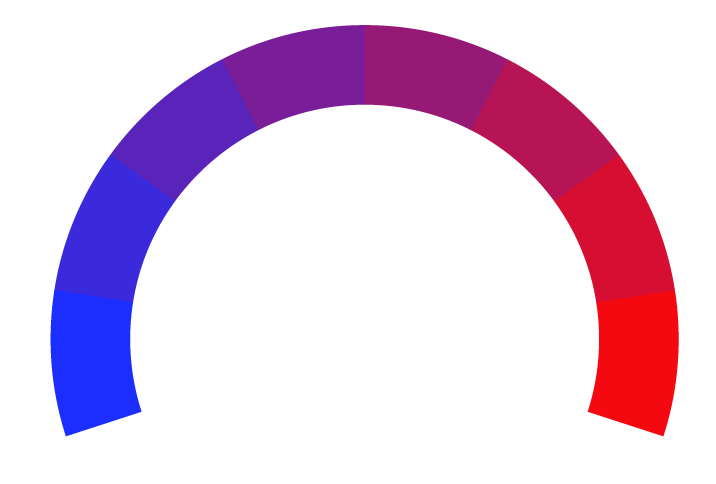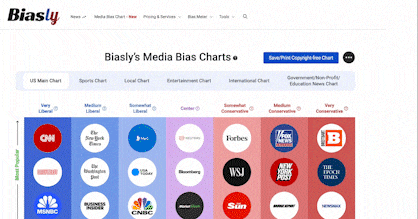 Yahoo News Article Rating
Yahoo News Article RatingSolar PV Inverters Market - Growth, Trends, COVID-19 Impact, and Forecasts (2022 - 2027)
- Bias Rating
- Reliability
N/AN/A
- Policy Leaning
-94% Very Left
- Politician Portrayal
N/A
Continue For Free
Create your free account to see the in-depth bias analytics and more.
By creating an account, you agree to our Terms and Privacy Policy, and subscribe to email updates.
Bias Score Analysis
The A.I. bias rating includes policy and politician portrayal leanings based on the author’s tone found in the article using machine learning. Bias scores are on a scale of -100% to 100% with higher negative scores being more liberal and higher positive scores being more conservative, and 0% being neutral.
Sentiments
N/A
- Liberal
| Sentence | Sentiment | Bias |
|---|---|---|
Unlock this feature by upgrading to the Pro plan. | ||
Reliability Score Analysis
Policy Leaning Analysis
Politician Portrayal Analysis
Bias Meter
Extremely
Liberal
Very
Liberal
Moderately
Liberal
Somewhat Liberal
Center
Somewhat Conservative
Moderately
Conservative
Very
Conservative
Extremely
Conservative
-100%
Liberal
100%
Conservative

Contributing sentiments towards policy:
72% : The solar power in India, bestowed with high solar irradiance, has already achieved grid parity that encourages the adoption of solar power as a mainstream energy source, pushing forward the capacity installations in the utility-scale and rooftop solar segments.66% : This is due to the increased demand for solar energy across the country.
65% : This is even more significant as the country hosts the largest amount of solar power generation globally.
64% : Factors such as supportive government initiatives and investment in electrification of the remote and rural areas using solar energy are likely to support the solar PV inverters market.
64% : Most of the demand is expected to come from China, which is also the largest producer of solar energy in the world.
57% : As part of the Paris Agreement commitments, the Government of India set an ambitious target of achieving 175 GW of renewable energy capacity by 2022.
*Our bias meter rating uses data science including sentiment analysis, machine learning and our proprietary algorithm for determining biases in news articles. Bias scores are on a scale of -100% to 100% with higher negative scores being more liberal and higher positive scores being more conservative, and 0% being neutral. The rating is an independent analysis and is not affiliated nor sponsored by the news source or any other organization.






















